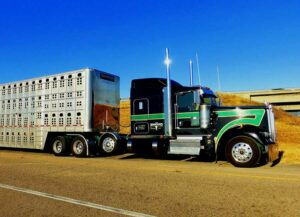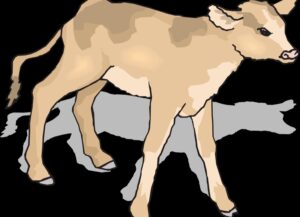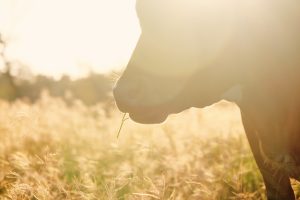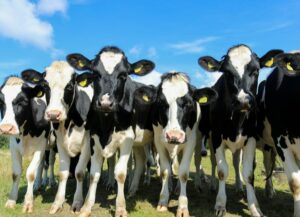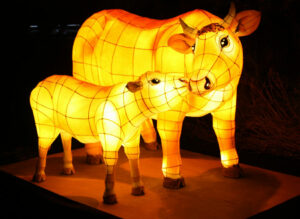Alvaro Garcia
Maintaining acceptable profitability in an environmentally sustainable way are aims of most successful dairy farms. Economies of scale dictate that most farms add cows while either maintaining a similar land base or renting additional area. In order to accomplish this, it is imperative to maximize forage production from their current land base without increasing the environmental footprint.
Double cropping has been suggested as an alternative agricultural practice that reduces the environmental impact and increases forage yield per hectare. Small grain winter annuals, such as rye (Secale cereal L.), triticale (× Triticosecale), wheat (Triticum aestivum L.), and barley (Hordeum vulgare L.) can be double cropped with corn silage.
Increasing DM yields, and improving economic and environmental effects of the farm
Small grain winter annual cover crops are terminated before they reach maturity, double-cropped annuals on the other hand, are harvested as grain or preserved as silage. By doing this a double cropping system can increase the demands for nutrient cycling within the farm and reduce the inputs imported into the system. Double cropping can thus increase the profitability of the dairy enterprise by increasing yearly DM yields and improving the economic and environmental effects.
An experiment conducted in Pennsylvania (Ranck et al., 2020) evaluated three farms (A, B, and C; 336 to 511 ha, and 223 to 663 cows) that double cropped winter annuals and corn. Data were obtained from crop and dairy records as well as financial data. Crop yields during both years averaged 16.7, 9.5, 10.2, and 4.7 t of DM/ha for corn silage, corn grain, alfalfa and grass hay, and winter-annual silage, respectively. Winter annuals were planted as a mixture of winter rye, winter triticale, and winter wheat.
Farm A had 663 cows (avg.). Milk production, milk fat and protein averaged 10,882 kg/cow/year, 3.58%, and 3.00%, respectively. The farm raised all its heifers. Income over feed cost was $6.35/cwt, and cost of production $14.11/cwt.
Farm B had 227 cows (avg.). Milk production, milk fat and protein averaged 9,966 kg/cow/year, 3.86%, 3.07%, respectively. The farm raised all its heifers. Income over feed cost was $3.54/cwt, and cost of production $25.55/cwt.
Farm C had 223 cows (avg.). Milk production, milk fat and protein averaged 8,891 kg/cow/year, 3.83%, and 2.97%, respectively. Income over feed cost was $1.64/cwt, and cost of production $19.76/cwt.
Scenarios for each farm were simulated:
- 0, 50, and 100% of corn hectares double cropped
- 30% feed price increase with and without double cropping
- 30% feed price decrease with and without double cropping
Double cropping benefits farms, but not always
Results showed that double cropping 100% of the corn land increased total available DM yield by an average of 19% per farm. All farms showed reduced soil erosion and phosphorus lost. With all corn land double cropped, average net returns to management increased by 1.8%, nitrogen leached per hectare yearly decreased 4.5%, and phosphorus loss decreased 9.2%. Return over feed costs and net returns to management increased for the three farms.
When feed prices were decreased by 30% however, return over feed costs and net returns to management decreased in farms A and B but not C. On average, double cropping decreased net returns over feed costs and net returns to management by 0.13% and 0.11%, respectively. On the other hand, when feed prices increased by 30%, double cropping increased net returns over feed costs and net returns to management by 1.6 and 2.2%, respectively, across farms.
Yields obviously played a key role in reducing costs of production. Double cropping benefitted these farms only if good crop production were maintained or during a time of average to high feed prices. Double cropping winter annuals with corn silage can have both environmental and economic benefits when winter-annual silage yields are enough to cover expenses.
Reference:
Ranck, E.J., Holden, L.A., Dillon, J.A., Rotz, C.A., Soder, K.J. 2020. Economic and environmental effects of double cropping winter annuals and corn using the Integrated Farm System Model. Journal of dairy science. 103: 3804–3815.
© 2020 Dairy Knowledge Center. All Rights Reserved.



